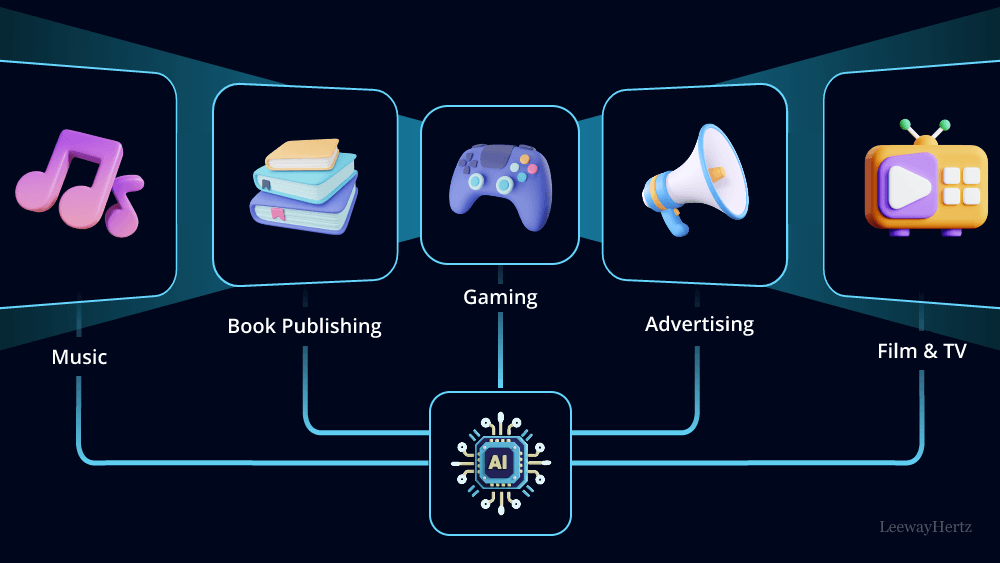Streaming platforms have changed how people watch and think about stories. What began as on-demand access to films and shows has become a testing ground for new ways of telling stories. A recent trend is the move toward audience-controlled narratives, where viewers decide what happens next. This idea is not entirely new, but the technology and scale of streaming have made it far more practical. The shift reflects a wider interest in giving audiences more control, much like how the diamond mine game allows players to shape the outcome through a series of small, deliberate choices.
From Linear Viewing to Participatory Stories
Traditional television and cinema follow a fixed route. Writers build a sequence of events that unfold the same way for everyone. Audience-controlled narratives disrupt that model. Instead of following one storyline, they allow users to make choices that redirect the plot. These decisions might seem small, but together they create a branching structure with many possible outcomes.
Early attempts at interactive storytelling appeared in online videos and experimental films. They often relied on clickable links or separate uploads for each branch. The technology was clumsy but the idea caught attention. Streaming platforms, with their integrated software and data systems, now provide smoother experiences. Viewers can make a decision, and the platform instantly moves to the next relevant scene. This creates a continuous flow, something older methods could not achieve.
The Technical Foundation
The backbone of audience-controlled narratives lies in adaptive streaming and metadata systems. Each scene is encoded with conditions that determine when it plays. The platform monitors user input, loads the next scene in real time, and records those decisions. This requires stable data handling and efficient compression, so that switching paths does not cause interruptions.
Data also shapes how future stories are built. Platforms analyze which options viewers choose most often, how long they stay engaged, and at which points they stop watching. That information can guide new productions, helping writers understand audience behavior more deeply than before. Over time, this could lead to adaptive scripts that adjust in subtle ways according to user tendencies.
The Challenge of Narrative Structure
Creating a story that branches in many directions raises questions about coherence and pacing. A conventional story builds tension gradually and resolves it in a clear ending. When every viewer makes different choices, that rhythm changes. Writers must ensure that every path feels complete, even if some viewers see only a fraction of the total content.
One method is to design the story around “decision nodes.” These are points where the viewer makes a choice, but the story may later return to a shared thread. This keeps the experience manageable and avoids creating dozens of fully separate endings. It also helps maintain emotional consistency — a difficult task when the audience can redirect the tone or moral direction of a story with one click.
Audience Behavior and Emotional Impact
Interactivity changes the relationship between audience and narrative. Watching becomes a form of participation rather than observation. This involvement often increases emotional attachment because the viewer feels partially responsible for what happens. When a decision leads to a tragic or rewarding outcome, it feels personal.
However, not every viewer seeks that level of involvement. Some prefer a story to unfold without intervention, appreciating the author’s control. Others find too many decisions tiring. Successful interactive projects recognize these differences, offering options for both active and passive participation. The best experiences are those that let the viewer engage at their own pace.
Another interesting effect is how interactive stories fragment discussion. Two people might watch the same title but experience entirely different sequences. Shared cultural references become less uniform, replaced by personal interpretations and comparisons of paths taken. This fragmentation is both a limitation and a new kind of community-building, as online discussions shift from spoilers to strategy sharing.
Creative and Economic Considerations
For creators, this format changes the writing process. Instead of one narrative line, they must design several that interconnect. It demands planning, strong editing, and an understanding of how each branch fits the overall theme. The writer becomes more like an architect than a storyteller.
Production costs also rise. Every additional branch means more scenes to film, more dialogue to record, and more testing to ensure transitions feel smooth. Yet this complexity can attract viewers who crave novelty. The appeal lies in doing something that feels active and replayable, which can extend viewing time and retention for streaming platforms.
From a business point of view, interactive content can be a differentiator. It gives platforms a way to stand out in a crowded market. But it also carries risk — if the story feels shallow or the choices meaningless, the novelty fades quickly. Balancing depth and usability is therefore central to long-term success.
Looking Ahead
Audience-controlled narratives are still evolving. The next stage may involve artificial intelligence generating adaptive scenes on the fly, allowing for truly personalized storylines. Virtual and augmented reality could deepen this by placing the viewer directly inside the narrative space.
Yet even as technology improves, the core question remains the same: how much control should the audience have? Too much freedom can weaken the sense of storytelling; too little makes interactivity pointless. Finding that balance will define the future of interactive entertainment.
Streaming platforms experimenting with this approach are not only testing new forms of media but also redefining what it means to tell and experience a story. The success of these experiments will depend less on technology and more on how creators understand the human desire to both witness and shape the stories we live through.

